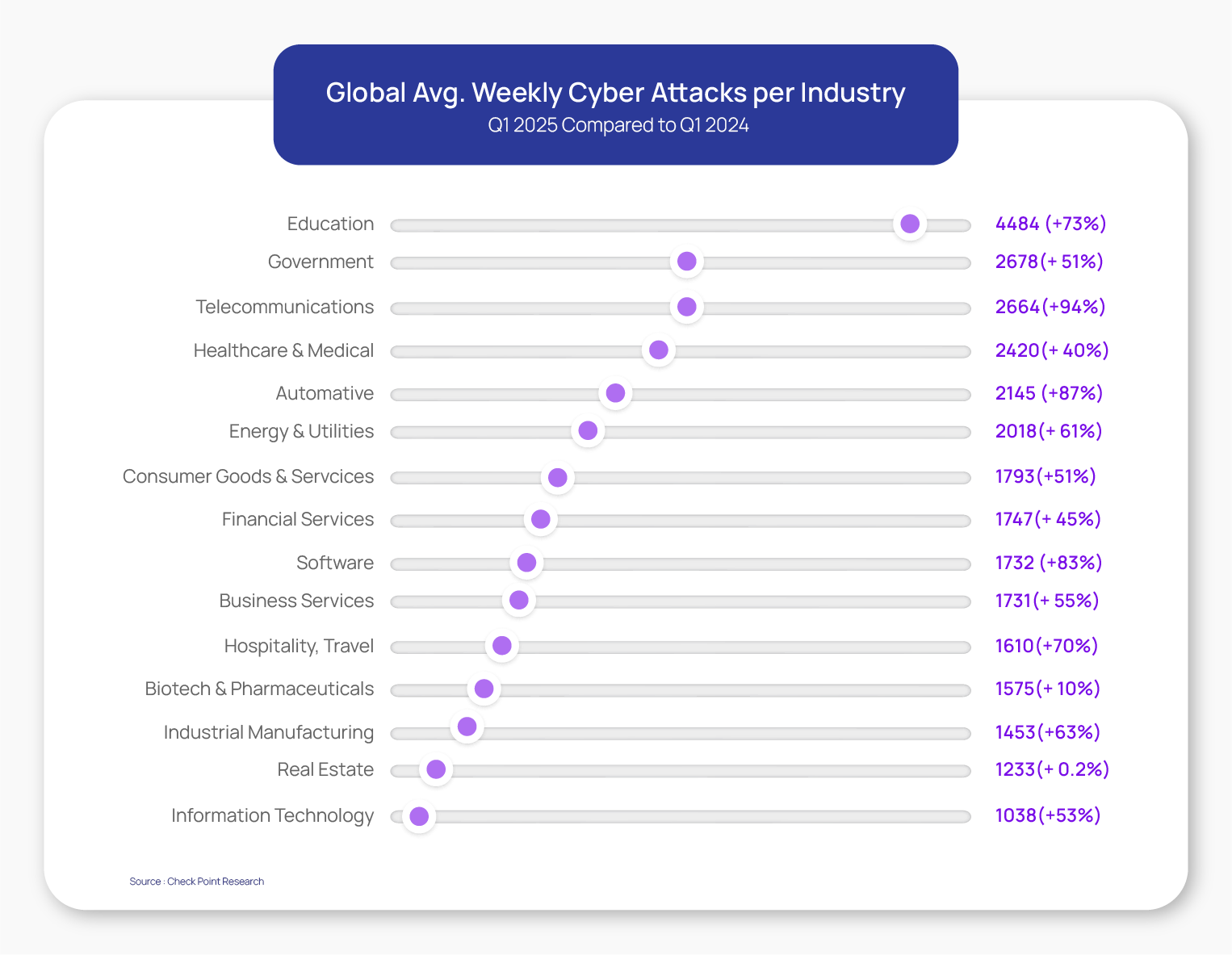For many organizations, annual penetration tests or red team engagements have become the default way of demonstrating cybersecurity diligence. The logic seems sound: run a test, patch the findings, and assume you are “secure” for the year ahead. Unfortunately, this creates the kind of false confidence that often precedes severe breaches.
High-profile breaches in 2025 underscore how third-party systems continue to be a weak link in enterprise security. In August, TransUnion disclosed a major incident after the hacking group ShinyHunters exploited a flaw in a Salesforce CRM integration[1]. The attack exposed sensitive records of more than 4.4 million US individuals, including Social Security numbers and other personal details.
Just weeks earlier, in July 2025, Allianz Life Insurance confirmed that attackers had compromised its third-party, cloud-based CRM platform, exposing customer information for the majority of its 1.4 million US clients[2]. The breach was traced back to social engineering tactics that gave adversaries unauthorized access to systems holding personally identifiable information (PII).
Threat actors are not bound by 12-month cycles. New vulnerabilities surface constantly, via code changes, vendor weaknesses, insider mistakes, or emerging AI-driven attack techniques. A test conducted in January offers little protection against an exploit revealed in March. This is why point-in-time testing is no longer adequate and why continuous red teaming is rapidly becoming the standard for strong .

The Limitations of One-Off Penetration Testing
A one-off penetration test is valuable, but it provides only a snapshot. Think of it like visiting a doctor for an annual check-up: you leave with a report of your health on that single day. But illnesses, injuries, and lifestyle risks develop in between. The same holds true for cybersecurity environments, which change daily.
A few drivers highlight why relying solely on annual audits leaves organizations exposed:
- New Code, New Risks: Development teams ship updates weekly, even daily. Every deployment could unknowingly introduce fresh vulnerabilities. With AI-assisted coding in use, those risks can appear at scale.
- Expanding Attack Surfaces: Growth brings new offices, cloud workloads, APIs, and third-party integrations. Each addition is another potential attack vector.
- AI-Driven Adversaries: Attackers are using generative AI to craft flawless phishing campaigns, write evasive malware, and scale reconnaissance at levels that outstrip “traditional” defenses.
- Hidden Risks from Third Parties: Vendors and partners, especially in financial services, healthcare, and technology ecosystems, introduce risks beyond direct control.
In practice, a single red team test only validates defenses against a narrow set of known vectors, at a single point in time. It says nothing about how your organization will perform against tomorrow’s unknowns or today’s attack surface shifts.
Continuous Red Teaming: A Proactive Approach
Continuous red teaming moves away from a static, one-time event, and instead treats defense as a dynamic practice. Think of it less as an annual test and more as an always-on stress test of your systems, people, and processes.
Unlike traditional engagements, continuous programs bring fresh intelligence, updated tactics, and ongoing pressure against your defenses, providing a realistic measure of how you would stand up against modern adversaries.
Key Use Cases:
- AI-Powered Deepfake and Phishing Phishing is evolving as attackers now use AI to send thousands of convincing emails and even create fake voices or videos to impersonate leaders. These tricks can pressure employees into sending money or sharing sensitive access. Practicing with realistic attack simulations helps organizations spot weaknesses and build stronger defenses.
- Vendor and Partner Ecosystem Scrutiny
Recent breaches in critical industries, including BFSI, where attackers successfully compromised third-party service providers, prove the ripple effects of supply chain risk. In continuous programs, red teams probe the resilience of vendor integrations and even assess vulnerabilities in AI pipelines introduced by partners, identifying “hidden doors” before threat actors can exploit them. - Silent Threats: When Attackers Use Your Own Tools
Modern attackers often avoid malware altogether, relying instead on legitimate tools already present in systems. We’ve seen AI-driven red teams map networks automatically, identify stealthy paths toward crown jewel assets, and simulate LOTL techniques that would bypass traditional signature detection. Exercises like these force organizations to lean on behavioral analytics rather than rely solely on antivirus alerts.
Continuous red teaming doesn’t just highlight weaknesses; it provides daily assurance that defenses are being battle-tested against evolving threats.
AI’s Expanding Role in Cyber Offense
The adoption of AI in both offensive and defensive security is the tipping point. Attackers can now weaponize AI for:
- Hyper-targeted phishing that mimics tone, language, and context.
- Adaptive malware that modifies itself to stay hidden.
- Faster, automated reconnaissance of networks at a scale no human could match.
This speed and scale transform the attack landscape from something that could be “annually tested” into something that must be continuously challenged. Without ongoing red team pressure, organizations risk being outpaced.
Continuous Red Teaming Across Industries
While the case for continuous red teaming applies across industries, it is particularly acute in banking and financial services (BFSI). Here, threat actors have strong incentives, regulatory fines are severe, and third-party dependencies are multiple. Breaches in the sector, from compromised payment processors to exposed customer datasets, show how adversaries often exploit weak links in vendor ecosystems rather than strike head-on.
Healthcare, retail, and transportation sectors face similar challenges but often without the same compliance-driven accountability. BFSI organizations adopting continuous red teaming benefit from not just stronger defenses but demonstrable evidence of proactive risk management that regulators increasingly expect.
Conclusion
Cybersecurity threats evolve by the hour, not the year. Point-in-time penetration tests offer value but no longer suffice on their own. Continuous red teaming equips organizations with an adaptable, intelligence-driven layer of defense that evolves alongside adversaries.
Organizations that adopt this model are better positioned to close gaps quickly, reinforce awareness programs, validate detection systems, and meet increasing regulatory scrutiny. Those that don’t run the risk of defending yesterday’s perimeter with yesterday’s strategies, while attackers move ahead.
[1] https://www.bleepingcomputer.com/news/security/shinyhunters-claims-transunion-data-breach-impacting-44-million-americans
[2] https://www.securityweek.com/allianz-life-data-breach-exposes-most-us-customers






